Hey there, fellow internet dwellers! Today, I want to take a moment to geek out about a topic that is near and dear to my heart - the ASCII table. For those of you who might not be familiar with it, the ASCII table is a cornerstone of computer programming and communication. It allows us to represent text using a standardized set of characters.
Now, let me paint a picture for you. Imagine a world without emojis, without text art, without the ability to send a cheeky ¯\_(ツ)_/¯ in a chat message. That’s right, the ASCII table is the reason we have all of these wonderful ways to express ourselves online.
Exploring the ASCII Table
 As you can see in the image above, the ASCII table maps each character to a unique number. This allows computers to understand and represent text using binary code. It’s like a secret language that computers speak.
As you can see in the image above, the ASCII table maps each character to a unique number. This allows computers to understand and represent text using binary code. It’s like a secret language that computers speak.
Unlocking the Non-Printable
But wait, there’s more to the ASCII table than meets the eye. It not only includes the characters you can see and type, but also a range of non-printable characters. These characters may not have a visible representation, but they play an important role in formatting and control of text.
Generating an ASCII Table
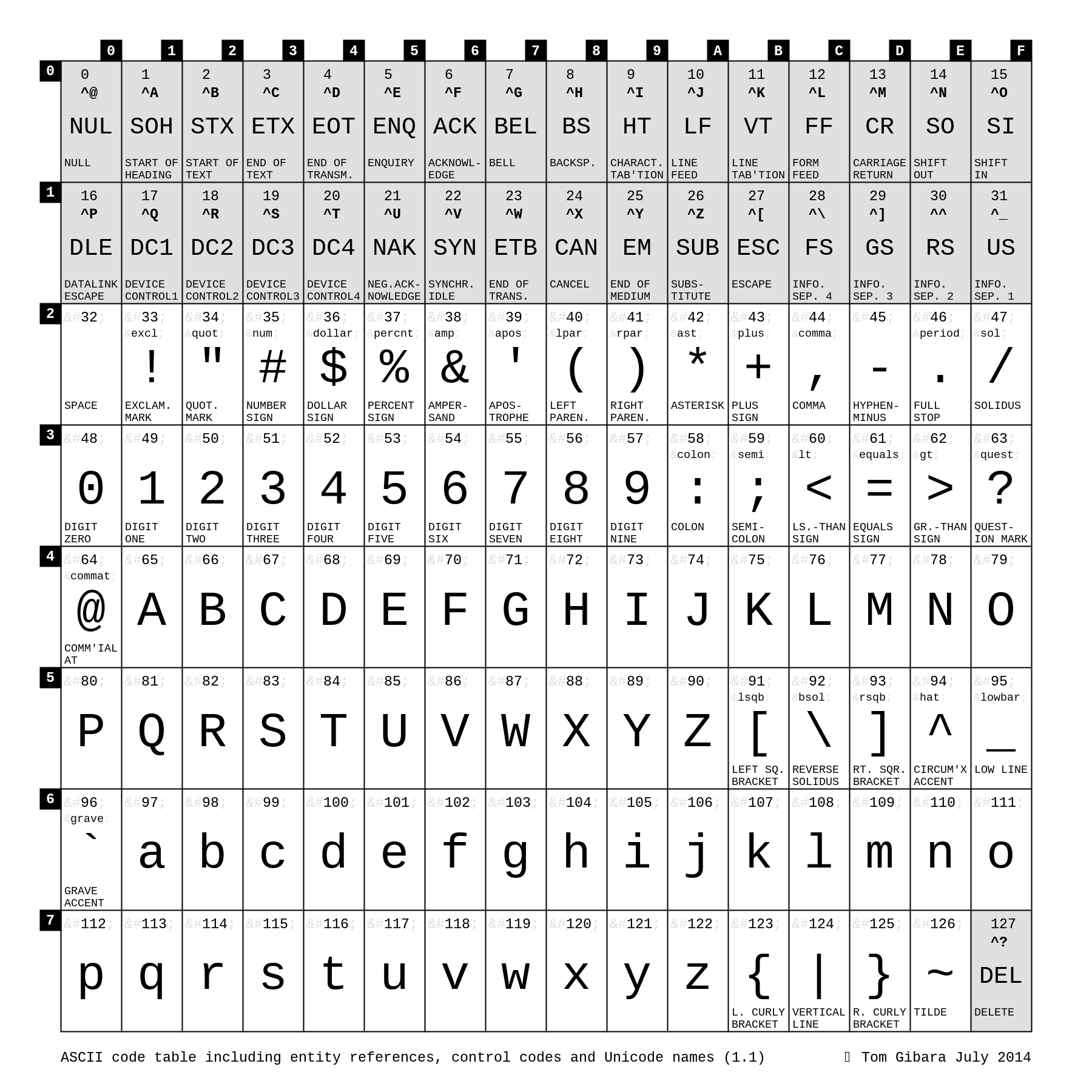 If you’re interested in exploring the ASCII table in more detail, I highly recommend checking out the ASCII-Table project on GitHub. It generates a comprehensive table of all the ASCII codes and their corresponding characters. It’s a treasure trove for all you programming enthusiasts out there.
If you’re interested in exploring the ASCII table in more detail, I highly recommend checking out the ASCII-Table project on GitHub. It generates a comprehensive table of all the ASCII codes and their corresponding characters. It’s a treasure trove for all you programming enthusiasts out there.
The Power of Printable Characters
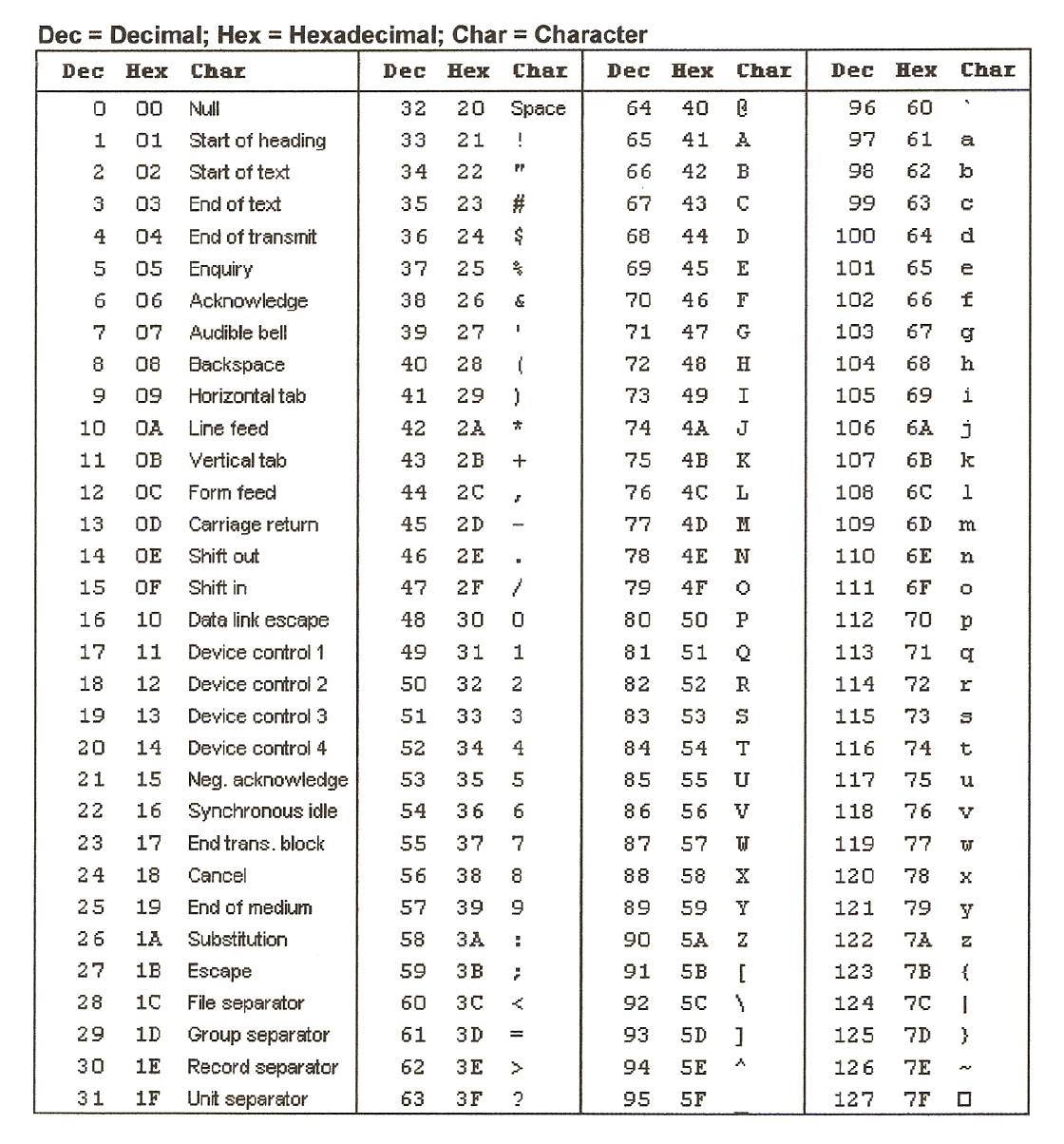 Now, let’s take a moment to appreciate the printable characters in the ASCII set. These characters are not only visible to us but are also mapped to binary values. As shown in the image below, each character has a unique binary representation, allowing us to store and transmit text efficiently.
Now, let’s take a moment to appreciate the printable characters in the ASCII set. These characters are not only visible to us but are also mapped to binary values. As shown in the image below, each character has a unique binary representation, allowing us to store and transmit text efficiently.
 From uppercase and lowercase letters to numbers, symbols, and punctuation marks, the ASCII table covers it all. It’s like a language within a language!
From uppercase and lowercase letters to numbers, symbols, and punctuation marks, the ASCII table covers it all. It’s like a language within a language!
Beyond English
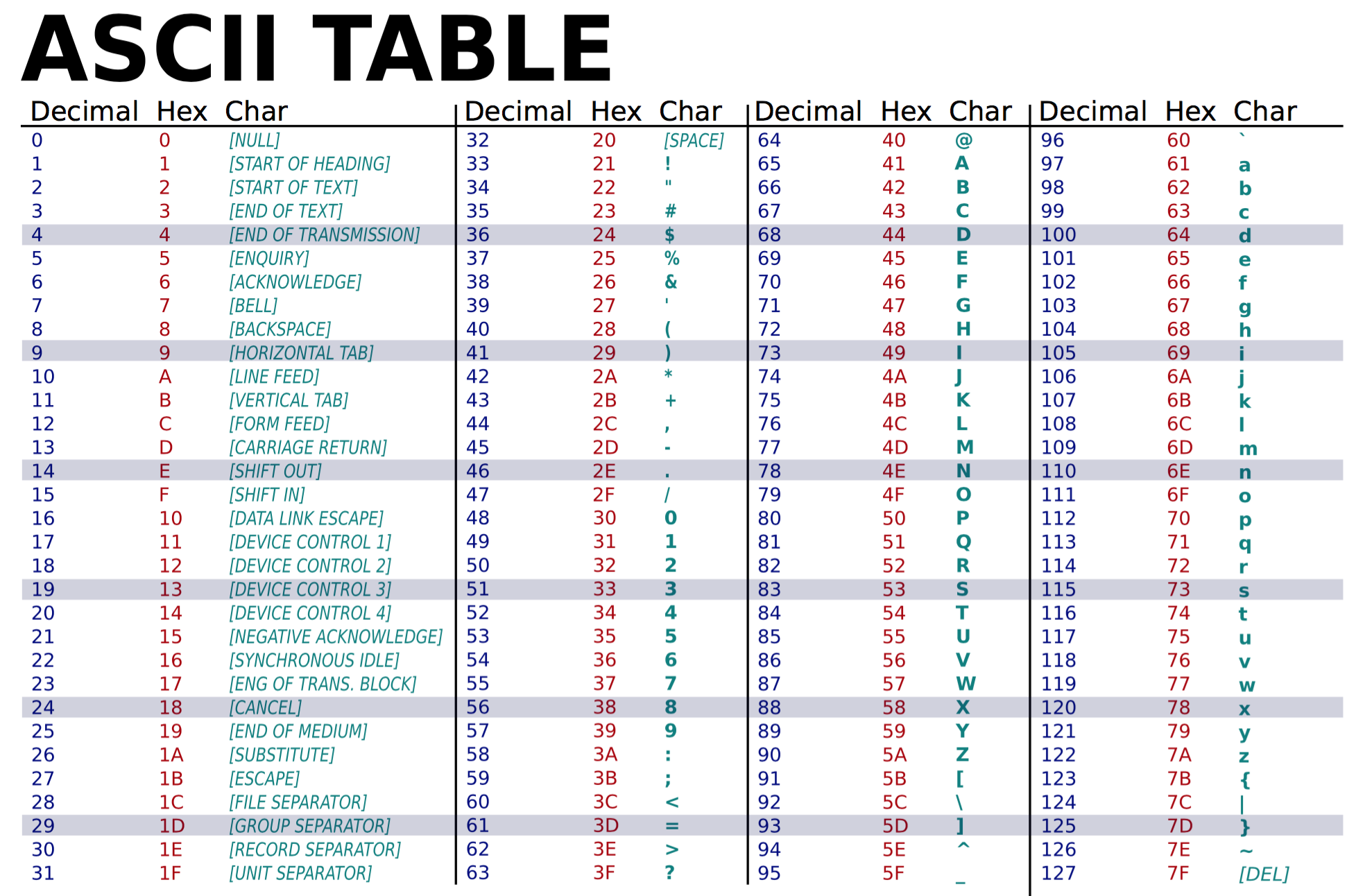 While the ASCII table primarily focuses on the English language, non-English characters can also be represented in ASCII. By using extended ASCII, some characters from languages like German, French, and Spanish can also be encoded.
While the ASCII table primarily focuses on the English language, non-English characters can also be represented in ASCII. By using extended ASCII, some characters from languages like German, French, and Spanish can also be encoded.
An Unveiling of the Unseen
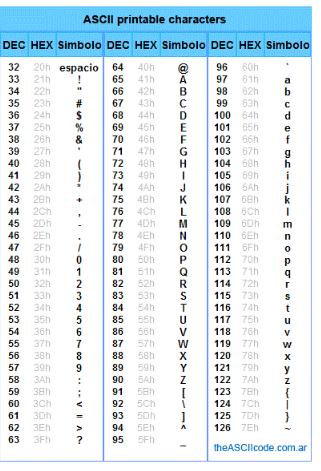 In the realm of computer science, understanding the ASCII table is essential. It’s not only about memorizing a set of characters but also comprehending the logic behind how computers interpret and store text.
In the realm of computer science, understanding the ASCII table is essential. It’s not only about memorizing a set of characters but also comprehending the logic behind how computers interpret and store text.
Curiosity Knows No Bounds
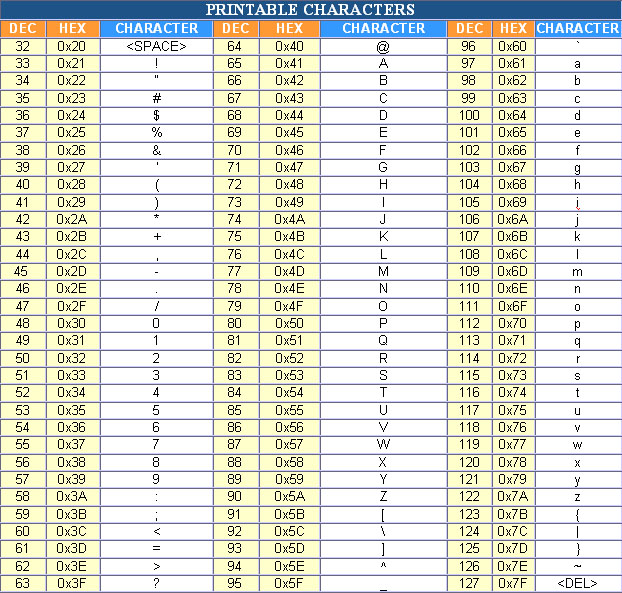 So, my friends, next time you encounter a text-based artwork, a witty emoticon, or a clever text-based representation, remember that it all started with the humble ASCII table. It’s a testament to the creativity and ingenuity of human beings, as we continue to find new ways to express ourselves using this foundational tool.
So, my friends, next time you encounter a text-based artwork, a witty emoticon, or a clever text-based representation, remember that it all started with the humble ASCII table. It’s a testament to the creativity and ingenuity of human beings, as we continue to find new ways to express ourselves using this foundational tool.
That’s all for now! Stay curious, keep exploring, and embrace the power of ASCII.